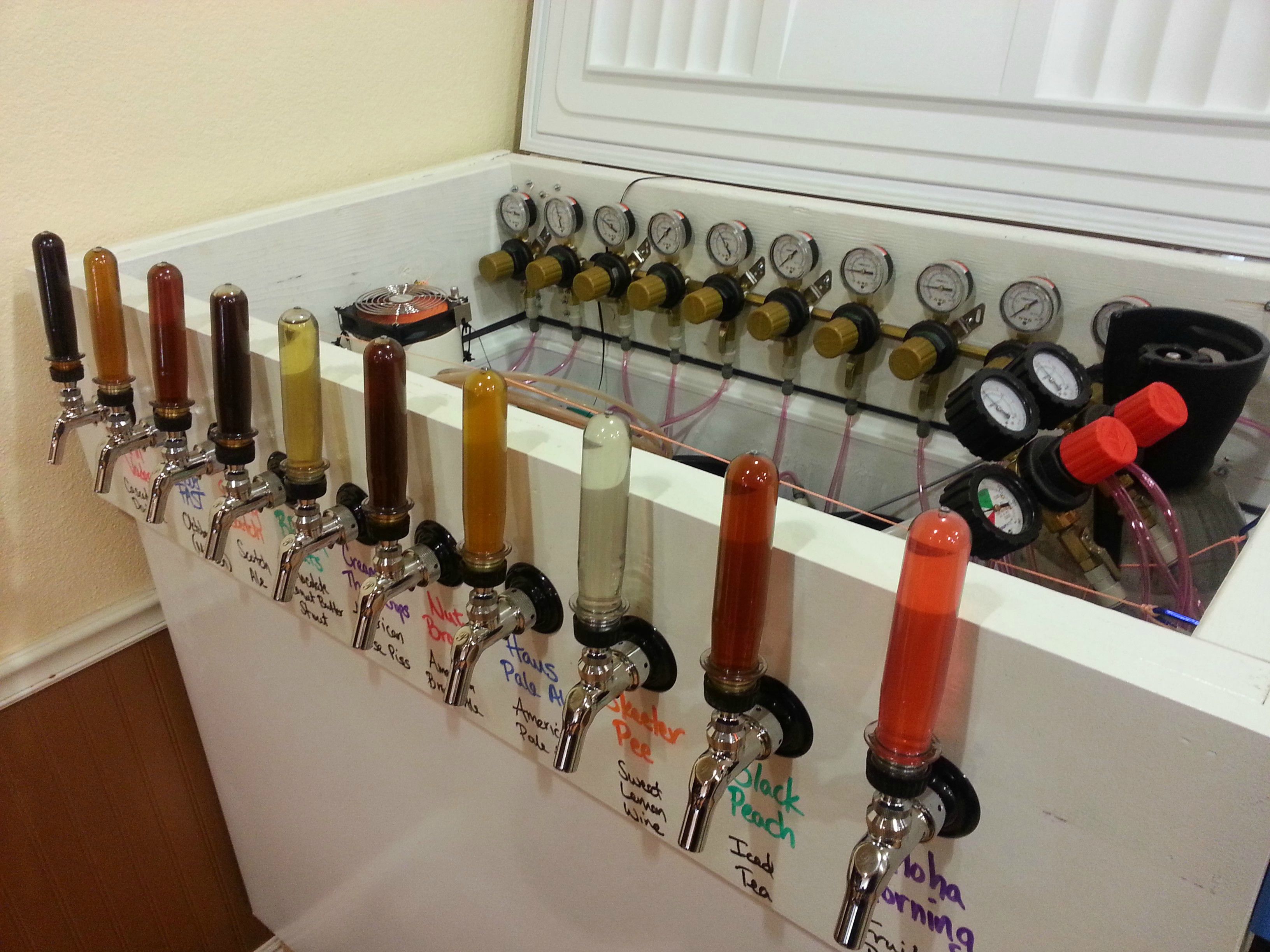sboyajian
Well-Known Member
Did some googling and found some good information, but nothing that seemed to fully answer what I'm looking for.
I've been bottling since I started brewing, however I'd like to build a kegerator soon. I'm a bit confused as to what I need to do for the CO2 setup.
Most of my beers are in the 2.5-2.7 C02 range, however I do have some stouts much lower, and a few wheats and ciders that are a bit higher.
My goal is to have 4-5 total taps on the front door. What is the ideal way to handle different CO2 levels for each tap? Should I go with something like a dual or triple regulator (knowing majority will fall in the same levels) or is it better to get a manifold with a single regulator off of each to control every tap individually?
Thoughts? Suggestions?
Thanks!
I've been bottling since I started brewing, however I'd like to build a kegerator soon. I'm a bit confused as to what I need to do for the CO2 setup.
Most of my beers are in the 2.5-2.7 C02 range, however I do have some stouts much lower, and a few wheats and ciders that are a bit higher.
My goal is to have 4-5 total taps on the front door. What is the ideal way to handle different CO2 levels for each tap? Should I go with something like a dual or triple regulator (knowing majority will fall in the same levels) or is it better to get a manifold with a single regulator off of each to control every tap individually?
Thoughts? Suggestions?
Thanks!






